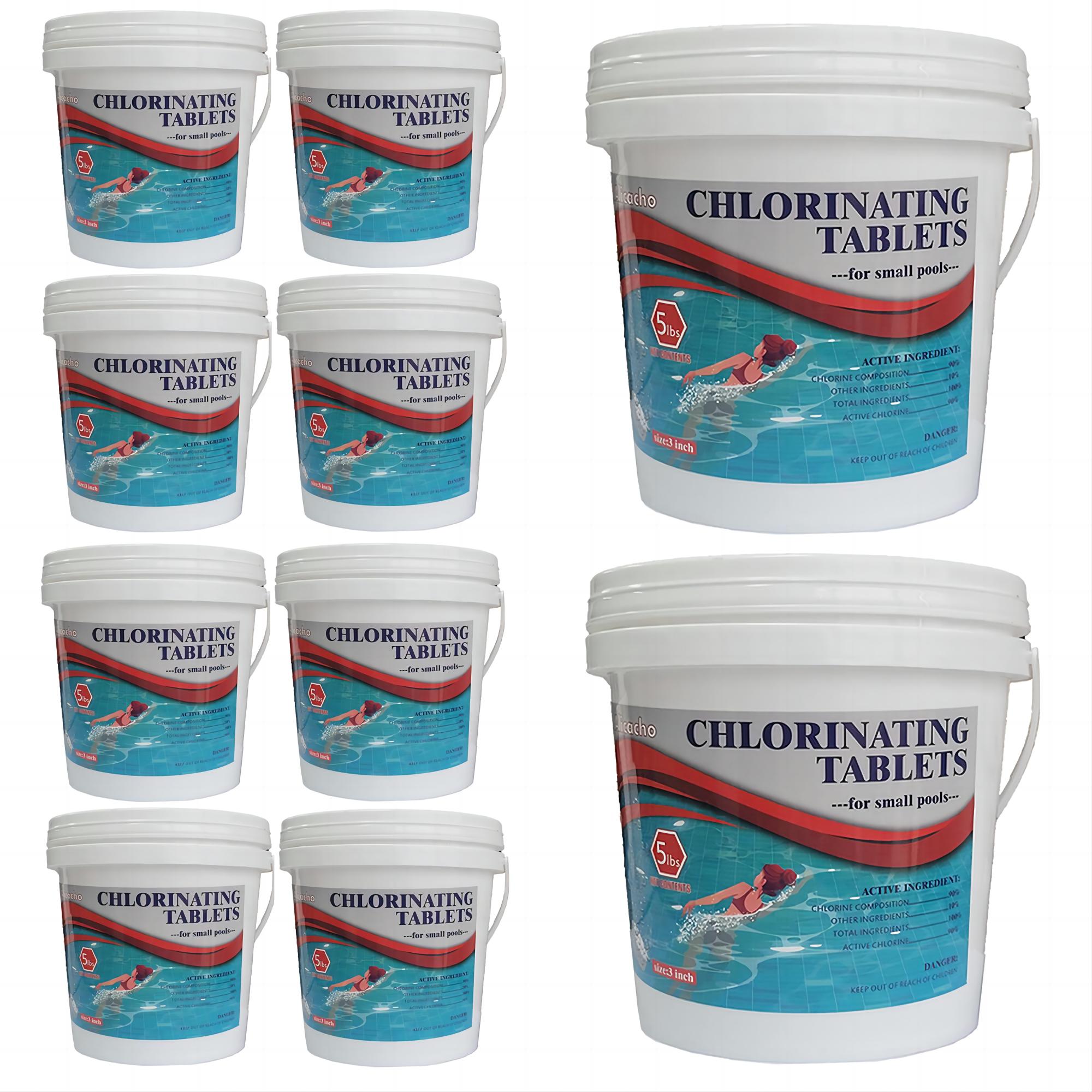Maintaining clear and inviting pool water is essential for ensuring a safe and enjoyable swimming experience. Among various water treatment methods, the scientific pool shock treatment, especially with the use of PoolClever chlorine granules containing 60% effective chlorine, has proven to be one of the most efficient maintenance approaches. This article delves into the concepts of pool shock treatment, the chemical principles involved, and the correct operational steps, helping you enjoy consistently pristine pool water.
Part 1. Understanding the Basic Concepts of Pool Shock
Before delving into the specifics of the scientific pool shock treatment, it's crucial to understand the concept and fundamental terms associated with it. Also, you can see this article to learn the difference between free chlorine and total chlorine. Here are key terms you need to know:
-
Free Chlorine (FC): The chlorine content primarily used for disinfection in the pool. The ideal concentration of free chlorine in water is between 1 to 3 ppm to ensure effective disinfection.
-
Combined Chlorine (CC): Chlorine that has been partially consumed for disinfection purposes, with its disinfection ability weakened. Keeping combined chlorine levels below 0.2 ppm ensures clean water.
-
Total Chlorine (TC): The sum of free chlorine and combined chlorine in water. Subtracting free chlorine from total chlorine gives the concentration of combined chlorine.
-
Breakpoint Chlorination: The state where the concentration of free chlorine is high enough to break down chlorineamine molecules' structures. This requires adding a sufficient amount of chlorine, usually around ten times the concentration of combined chlorine, to achieve effective disinfection.
Part 2. Application of Different Chemicals
Various chemicals can be used for pool shock treatment, each with unique characteristics and suitable scenarios. Here are common pool shock agents and their applications:
-
Calcium Hypochlorite: A classic and cost-effective choice, usually provided in granular or powder form. It needs to be dissolved before use, preferably applied in the evening. The released chlorine provides both disinfection and a boost in calcium hardness.
-
Lithium Hypochlorite: Similar to calcium hypochlorite, this is an effective chlorinating agent. It is used in the evening and is suitable for cases where you want to increase chlorine levels without raising calcium hardness.
-
Dichlor Shock: This category includes PoolClever chlorine granules. With 60% effective chlorine, this is an efficient and user-friendly option. It doesn't require pre-dissolving and is suitable for both regular and saltwater pools.

-
Non-Chlorine Shock: This is suitable for those who wish to avoid chlorine. It provides an effective shock treatment without using chlorine, offering a quick and economical option.
Part 3. Scientific Calculation of Appropriate Pool Shock Agent Dosage
Determining the right amount of pool shock agent is crucial. Here's how to calculate the proper dosage:
First, understand your pool's water volume, usually in gallons. You can use an online pool volume calculator to ensure accuracy. For PoolClever chlorine granules with 60% effective chlorine, you can calculate the appropriate dosage based on your pool's size, following the principle of using 1 pound (approximately 454 grams) per 10,000 gallons. Decide whether you need to increase the dosage based on specific issues. For instance, for algae problems, you can adjust the dosage depending on the severity of the bloom.
Part 4. Proper Steps for Pool Shock Treatment
With adequate preparation, proper pool shock treatment ensures maximum effectiveness. Here are the steps for actual operation:
Start by testing the water quality to determine pH and free chlorine levels. Use a pool testing kit for this purpose. Calculate the required shock agent dosage based on your pool size and product instructions. Dissolve the shock agent in water or directly add PoolClever chlorine granules without pre-dissolving. Ensure the pool pump is running. Slowly pour the shock agent into the water, distributing it evenly. Let the pump run for at least six hours to ensure thorough mixing of the shock agent. After the pump stops, test the water quality to ensure appropriate chlorine levels. Once the water quality stabilizes, it's safe for swimming.
Part 5. Frequently Asked Questions
During the pool shock process, you might have some questions. Here are answers to common queries:
How often should pool shock treatment be performed?
It's recommended to perform pool shock treatment at least once a week or every other week based on usage. Special situations, such as heavy usage or adverse weather, may require extra pool shock treatments.
Is it necessary to run the pump during pool shock treatment?
Yes, the pump should be running during pool shock treatment for at least 8-12 hours. This helps evenly distribute the shock agent and enhances its effectiveness.
Can swimming commence immediately after pool shock treatment?
After letting the pump run for at least six hours, safe swimming is possible. However, it's advisable to test the chlorine levels before swimming to ensure suitable water quality.
Is daytime pool shock treatment feasible?
Daytime pool shock treatment is not recommended because sunlight accelerates chlorine breakdown. Shock treatment is best performed in the evening for optimal results.
By gaining a comprehensive understanding of pool shock treatment concepts, proper chemical application, accurate dosing, and operational steps, you can confidently maintain your pool water quality. Utilizing PoolClever chlorine granules with 60% effective chlorine for pool shock treatment will contribute to consistently clear and transparent pool water, creating a comfortable and safe swimming environment for you and your family.



